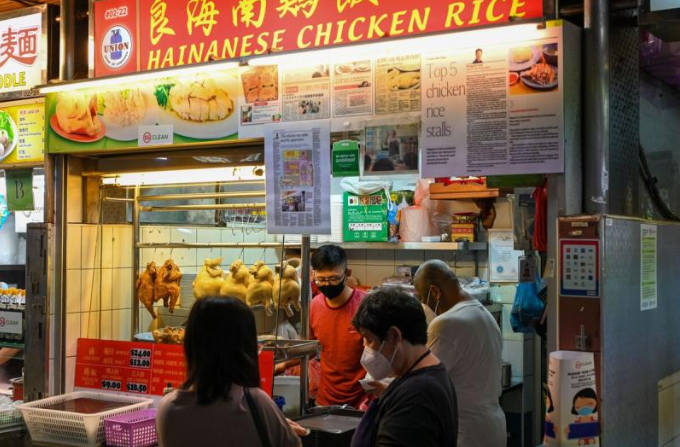Rising food costs threaten affordable dining in Singapore’s hawker centres.
In recent years, the prices of everyday dishes like Hainanese chicken rice have steadily climbed in Singapore’s hawker centres. Once a staple at S$3, chicken rice now averages over S$4, symbolizing the broader trend of food inflation in the city-state. This price increase comes as inflation impacts many staple items, from rice and eggs to cooking oil, pushing up the cost of living, particularly for lower-income residents.
Hawker centres, which have been central to Singapore’s food culture and considered a vital socio-economic safety net, are feeling the effects of rising rents, labor costs, and raw ingredient prices. Historically known for offering affordable meals in a city with high living costs, these centers are now grappling with price hikes, leading to concerns over their future accessibility for many.
Food vendors have been reluctant to raise prices significantly, mindful of their role in offering low-cost meals to the public. However, as inflation continues, hawkers are being forced to adjust. A growing number of stalls have raised prices modestly, but these increases are often not enough to cover rising input costs.
The situation is exacerbated by Singapore’s strong economy and the influx of wealth, which has driven up property and rent prices, impacting both food vendors and customers. This shift is creating a delicate balance between maintaining affordability and ensuring sustainable operations for hawkers.
To support the struggling community, the government has introduced initiatives like rent subsidies for food businesses and food vouchers for low-income citizens. However, critics argue that the bidding system for stall rents—once subsidized—is now a major driver of cost increases. As the country faces these challenges, it remains to be seen whether hawker centres will retain their position as a bastion of affordable dining or if further price hikes will push them out of reach for the most vulnerable residents.








